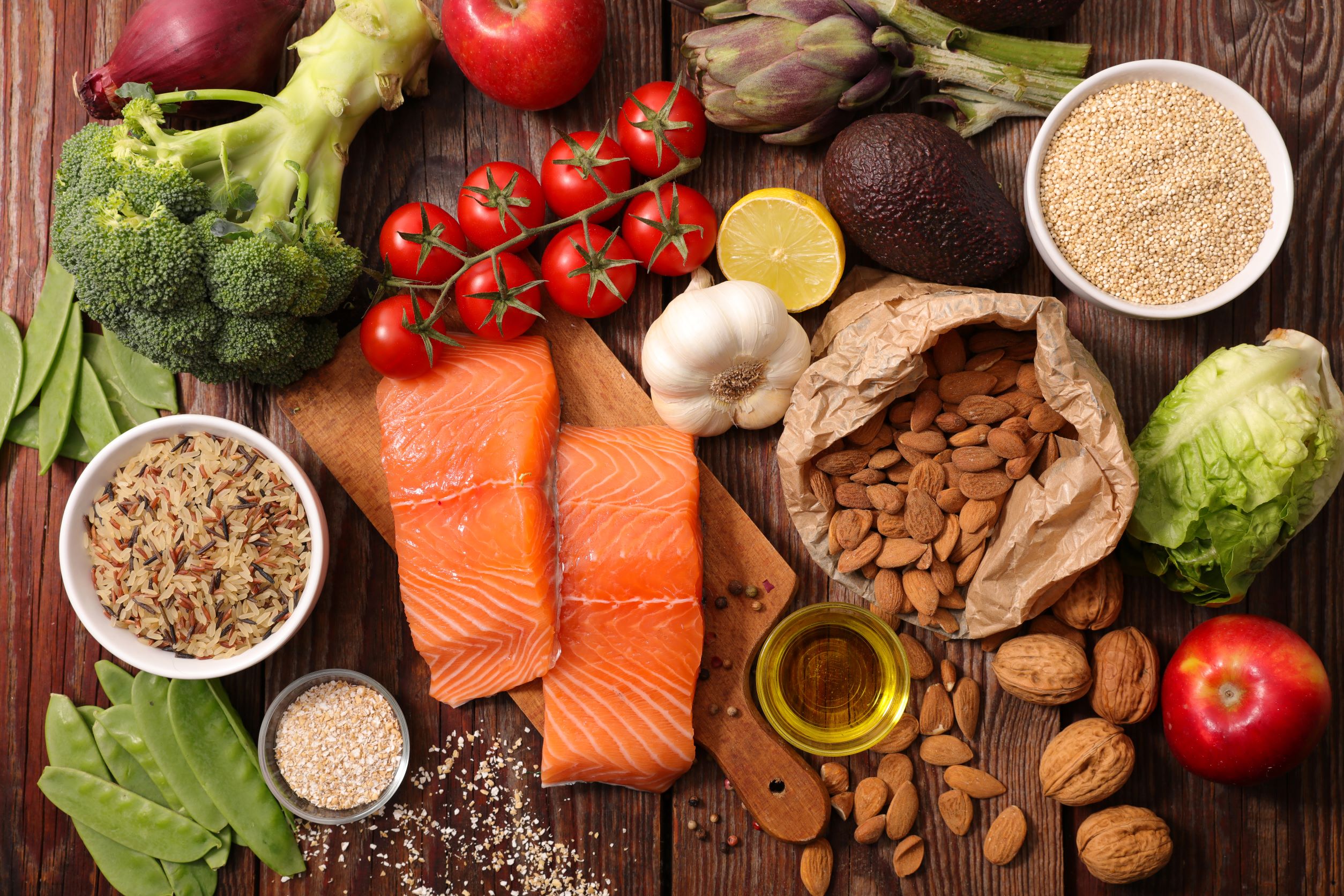- Our Products
- Upper Extremity
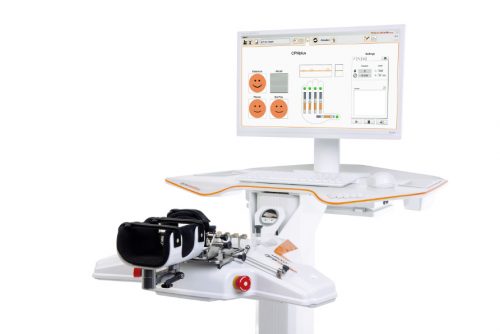 AMADEO The hand therapy world champion
AMADEO The hand therapy world champion
Boredom in finger-hand rehabilitation? Not with AMADEO! Motivation in the course of therapy is just as essential as fingers and hands are for daily life. Regardless of whether it is an adult or child, AMADEO increases therapeutic ambition with sophisticated robotics and a playful approach, and also visualizes the smallest successes in all phases of rehabilitation. Bottom line: AMADEO is simply unique.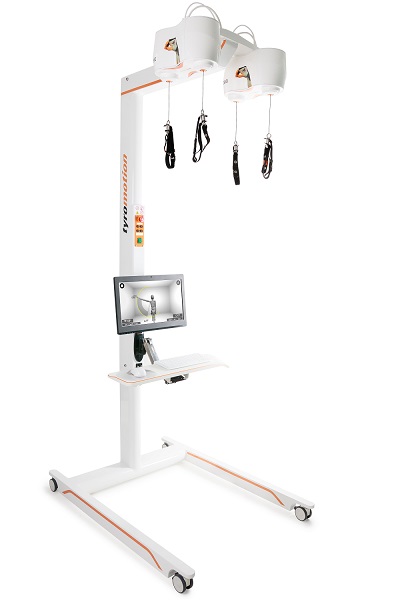 DIEGOBilaterally back to life
DIEGOBilaterally back to life
Finally go fishing again? DIEGO® skilfully assists patients with its unique intelligent weight relief. With its three-dimensional therapeutic area and virtual reality, DIEGO® enables the ideal transfer of what you have learned into everyday life – exactly with the required support. Nothing more and nothing less.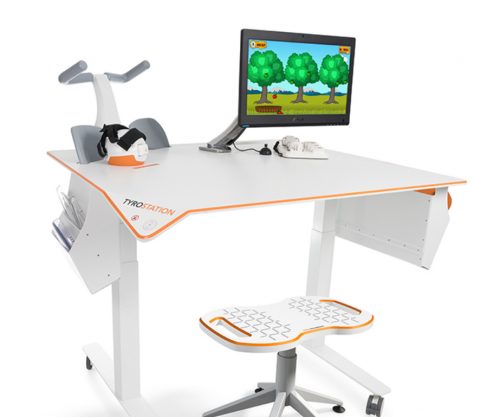 TYROSTATION Endless options, well organized
TYROSTATION Endless options, well organized
Anyone who is as versatile as PABLO® and TYMO® needs structure to really unfold. The Tyrostation is home to all individual components of our two all-rounders and also provides perfect ergonomic adaptability for every patient.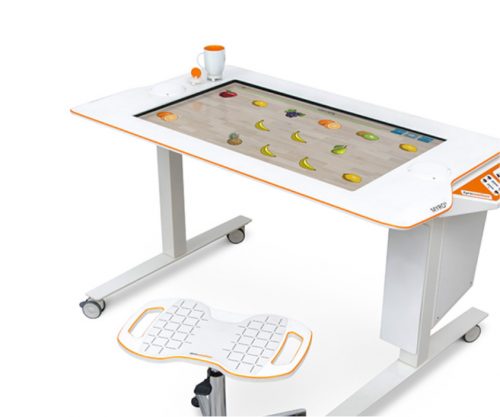 MYRO Full of variety, versatility, innovation and creativity
MYRO Full of variety, versatility, innovation and creativity
Real objects, power control, touch applications and a whole lot of fun: this is what constitutes goal-oriented, intuitive therapy with MYRO. The sensor-based surface is the basis for creative therapy which brings about meaning and self-determination in daily life.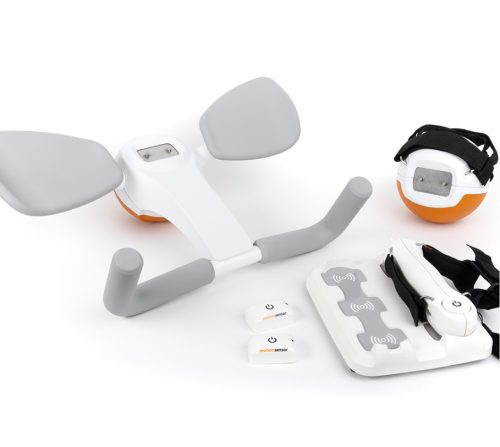 PABLO As versatile as life
PABLO As versatile as life
PABLO® is an all-rounder when it comes to activities of daily living. Position sensors and numerous accessories open up incredibly versatile therapeutic options in a safe environment for patients of all impairment levels.
- Lower Extremity
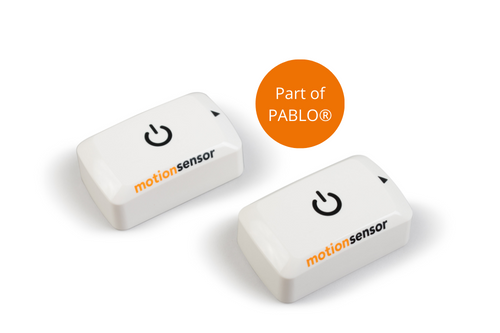 PABLO Lower ExtremityPart of PABLO®
PABLO Lower ExtremityPart of PABLO®
Always know where therapy is going
PABLO® Lower Extremity, our gait analysis and training system, precisely measures the parameters which are required for the selection of the most effective therapeutic measures for gait improvement. Simple and location-independent application as well as size-independent measurement makes the package complete – small device, great effect!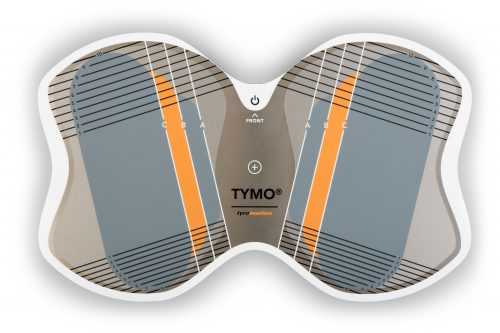 TYMO Balance in perfection
TYMO Balance in perfection
TYMO, a portable posturography system and the world’s thinnest balance platform. Flexible in application, TYMO trains postural control in a sensitive, specific and meaningful manner, and is therefore the basis of all movements. Motivation and fun are included.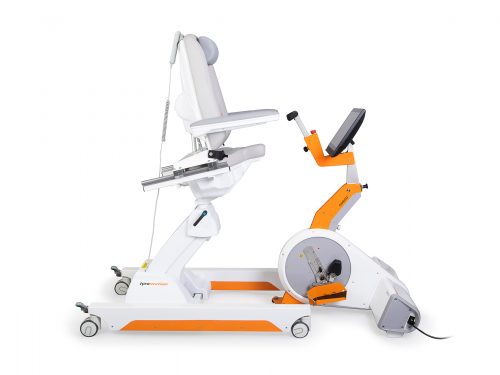 OMEGO Plus Therapy for all phases of gait rehabilitation gone motivational
OMEGO Plus Therapy for all phases of gait rehabilitation gone motivational
Two separate drives mobilize the patient in an effortless, isolated and focussed manner, and therefore make OMEGO® the long-desired stopgap between mobilization and locomotion. What else remains for patient and therapist to do? Train in a motivated manner, have fun and achieve goals.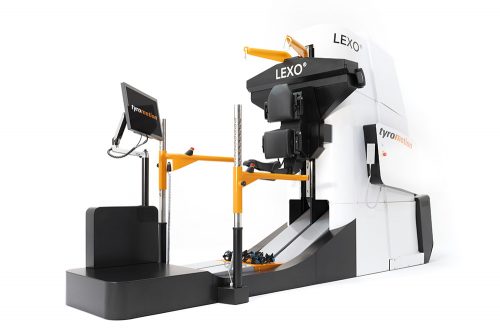 LEXOGait training at its best
LEXOGait training at its best
Maximum number of steps and intensity, low in height, easy handling and fast setup time: Impossible? It works! With LEXO® patients take the first impressive steps back to mobility and enjoy the feeling that things are finally getting better again.
- MTT-Line
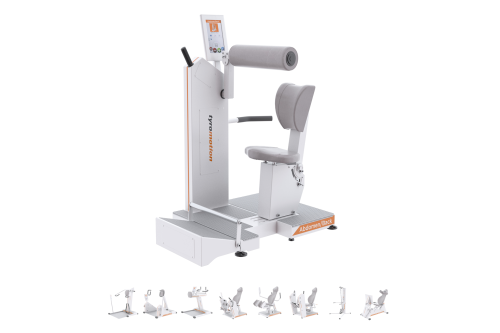 MTT-Line Medical training therapy
MTT-Line Medical training therapy
The barrier-free MTT-LINE specifically strengthens the six major muscle groups of the human body.
- Software
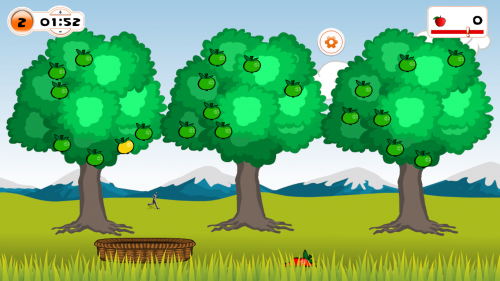 TyroS The heart of our technology
TyroS The heart of our technology
Our TyroS software – developed by and together with therapists – is the heart of our technology that combines devices, know-how and therapeutic games. It is a sophisticated therapeutic system that helps challenge and encourage patients.
- Upper Extremity
Health
Rehabilitation
Stroke nutrition guidelines for optimal health
4. April 2023 ● 4 minutes
Stroke: the need for reorientation
After a stroke, nutrition plays a key part in the health and well-being of survivors. Following stroke nutrition guidelines improve stroke recovery and establish ongoing healthy habits. Patients who experience a stroke face new nutritional challenges. Some patients struggle to get enough of the food and nutrients they need, which results in malnutrition. One study found that about one-fifth of patients with acute stroke are malnourished when admitted to the hospital. Poor nutrition can reduce a person’s muscle strength, resistance to infection, and ability to heal wounds.
The effects of stroke on nutrition
A patient’s nutrition may worsen due to stroke-related symptoms and impairments. These could include:
- Dysphagia (difficulty swallowing)
- Low appetite, often caused by medications or side effects
- Memory issues, such as not recalling the last time they ate
- Reduced consciousness and time awake
- Reduced mobility
- Weakness in the arm or face
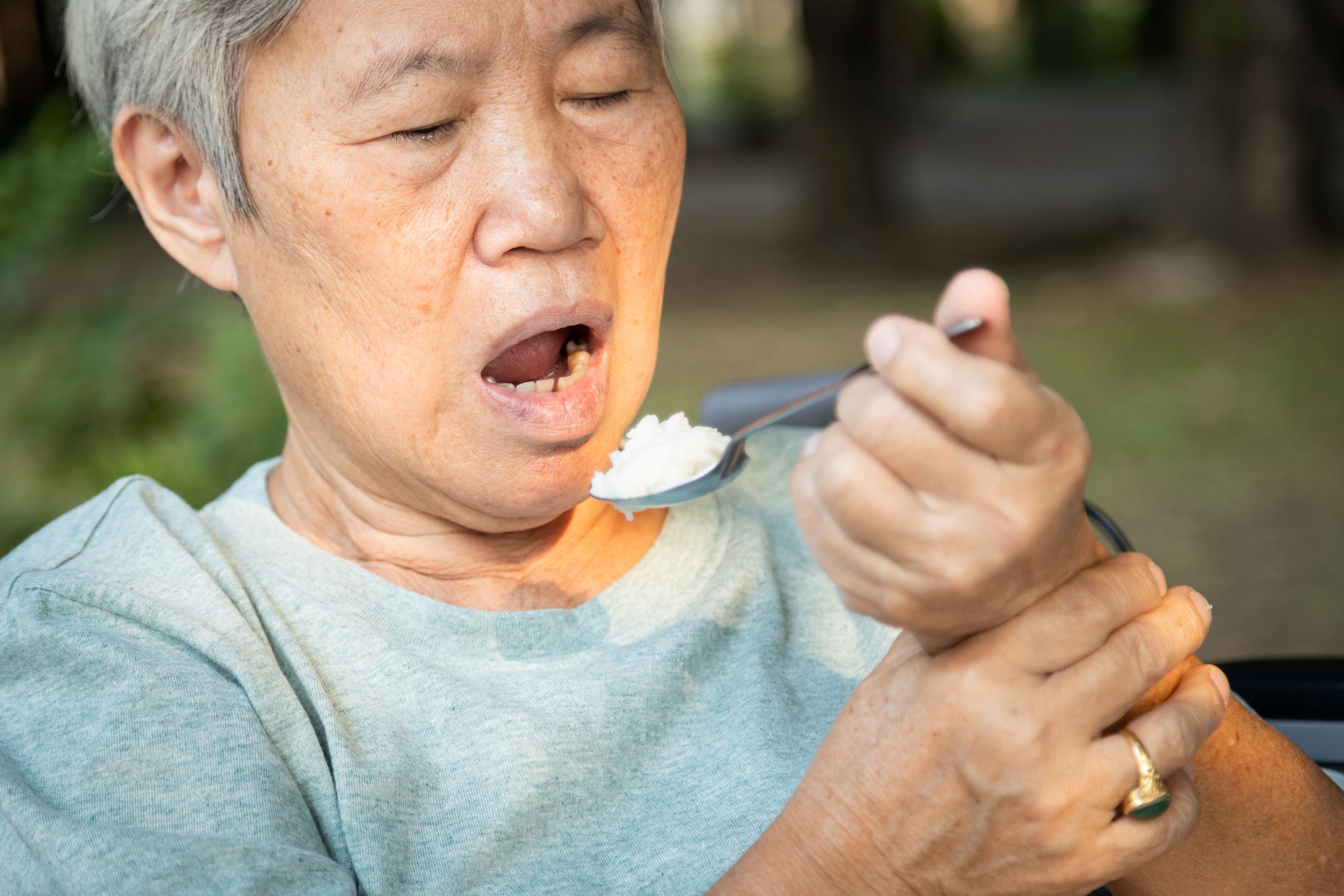
Proper nutrition after stroke is only one aspect; often patients' motor skills are also impaired, making eating difficult.
Interdisciplinary approach to stroke therapy
To address these challenges, patients after stroke can benefit from rehabilitation, including a multidisciplinary team consisting of occupational therapists, dieticians, speech therapists, physical therapists and the treating specialist doctor:
- Physical therapy: support in the acute phase with postural and trunk control, independent sitting and walking, as well as muscle building – all these are important factors that enable independent eating and are essential for functioning digestion
- Occupational therapy: assistance with arm activity, accompaniment while eating, advice on aids to restore muscles and coordination while consuming food when eating as usual is no longer possible due to paralysis
- Speech therapy: help with swallowing disorders (dysphagia), with (re)learning speech, etc., to become more confident and coordinated again when eating and drinking
- Dietology: advice on food and creation of a diet plan or development of dietary guidelines to supply the body with sufficient nutrients
All these disciplines can be used to influence and support nutrition after a stroke to approach therapy in an interdisciplinary and holistic way – of course always in consultation with the treating physician.
Stroke food and nutrition tips
People who have had one stroke are at risk for another stroke in the future. About 25% of the patients in a stroke unit have had a previous stroke. By following stroke nutrition guidelines, stroke survivors can reduce their risk of having another stroke. For example, one study found healthy lifestyle choices, including good nutrition and cardiovascular exercise, can reduce the risk of stroke by approximately 80%.
First, stroke patients should work with medical providers to determine their full range of nutritional needs. For example, a patient with dysphagia should focus on improving safe swallowing. It may also help to know what positions are safest to eat in, the best consistency of foods, and other strategies patients can use to eat and drink safely. These recommendations are unique for every patient.
Some nutrition tips to reduce a person’s risk of stroke
The American Heart Association (AHA) recommends getting most of your food from plants. Choose whole foods more often than processed foods.
Include low-fat dairy products, fish, legumes, and lean meats
In addition to plant-based foods, the AHA recommends getting protein from low-fat sources. These foods include non-fat and low-fat dairy, fish, and lean meats such as chicken and turkey. And legumes (beans, lentils, and peas) have protein, fiber, and vitamins and minerals. Consider choosing lean meats over red meat, which has higher amounts of fat and cholesterol.
Match your energy intake to your energy needs
Food has calories, which the human body turns into energy. Some stroke patients have higher calorie needs after a stroke. This is because acute illness and recovery can demand more energy. A dietician can help patients understand how many calories they need each day and help them meet that goal.
Limit foods that increase stroke risk
The AHA recommends limiting foods, including:
- Alcohol (no more than one drink a day for women, two drinks a day for men)
- Cholesterol (found in red meats, whole milk, and fried foods)
- Processed foods (such as cereal, bacon, and bread)
- Salt (less than 6g a day, which is one level teaspoon)
- Saturated fat (found in butter, cheese, and ice cream)
- Sugar

Nutritionists and dieticians can determine individual energy needs after a stroke and create a nutrition plan based on those needs.
A lack of proper nutrition can affect a patient’s survival and ability to regain function after stroke. Patients can improve their health and well-being by working with medical professionals and following stroke nutrition guidelines.
You might also be interested in
4. April 2023
Health
Rehabilitation
Stroke nutrition guidelines for optimal health
Nutrition as the key part in health and well-being of stroke survivors A healthy, balanced …
21. March 2023
Rehabilitation
Kinesio taping in neurology as a useful therapy supplement
The Kinesio tape and its usefulness in neurological therapy What was originally known only from …
7. March 2023
Rehabilitation
Exercises against freezing of gait in Parkinson’s disease
When the legs freeze – how does the symptom “Freezing of Gait” manifest itself? Parkinson’s …







